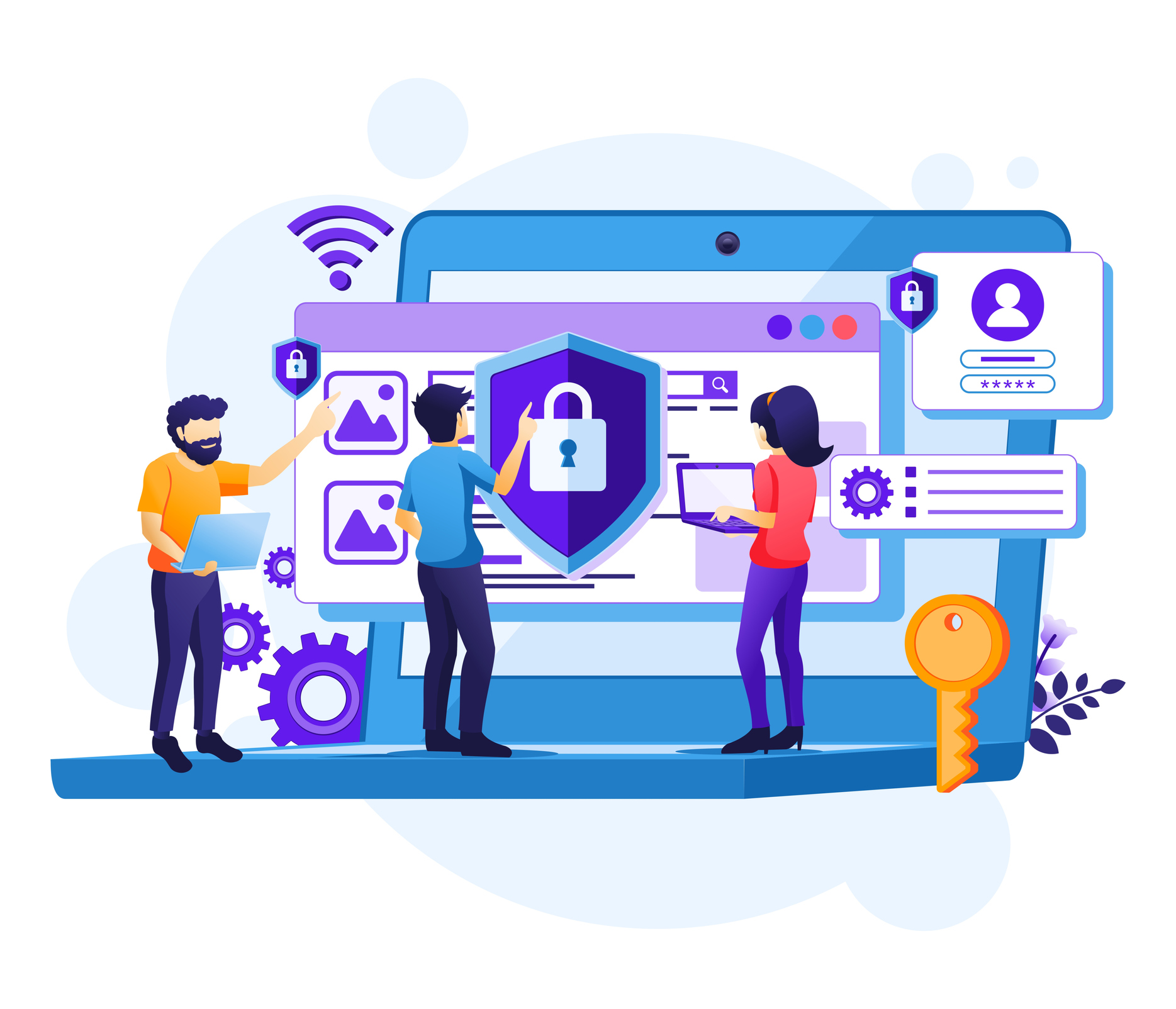The Internet of Things (IoT) is transforming the way businesses, government agencies, and other organizations operate, by enabling them to connect, monitor, and control a wide range of devices and sensors. However, this connectivity also introduces new security risks and challenges, and organizations need to implement appropriate IoT security solutions to protect their networks, data, and devices. Some of the key challenges and risks associated with IoT security include:
- Lack of security in IoT devices: Many IoT devices are designed and manufactured with a focus on cost and performance, rather than security. As a result, these devices often lack basic security features, such as encryption, authentication, and access controls, making them vulnerable to attack.
- Insecure networks: IoT devices often operate over wireless networks, which are inherently less secure than wired networks. Wireless networks can be easily accessed and compromised, and attackers can use these networks to gain access to IoT devices and networks.
- Lack of visibility and control: IoT devices generate large amounts of data, and organizations often lack the visibility and control needed to manage and secure this data. This can make it difficult for organizations to identify and respond to security threats and vulnerabilities in a timely manner.
- Data privacy concerns: IoT devices often collect and transmit sensitive and confidential data, such as personal information, financial data, and health records. This data is often subject to strict privacy laws and regulations, and organizations need to implement appropriate security measures to protect this data and ensure compliance.
To be sure, IoT security is a critical concern for businesses, government agencies, and other organizations that rely on IoT devices and networks. Without appropriate security measures, these organizations are at risk of attacks, data breaches, and other security incidents that can have serious consequences, including financial losses, reputational damage, and legal liabilities.

Recent technology innovations have enabled the development of new and improved IoT security solutions that can address these challenges and risks. Some of the key innovations and trends in IoT security include:
- Blockchain: Blockchain is a distributed ledger technology that enables secure, transparent, and tamper-resistant data sharing and transactions. Blockchain can be used to secure IoT devices and networks, by providing end-to-end encryption, authentication, and access controls, and by enabling secure and decentralized data sharing and management.
- AI and machine learning: AI and machine learning technologies can be used to monitor, analyze, and respond to security threats and vulnerabilities in real-time. IoT security solutions can use AI and machine learning to detect and classify security threats, to predict and prevent attacks, and to automate response and remediation actions.
- Edge computing: Edge computing is a distributed computing architecture that enables data processing and analysis at the edge of the network, closer to the source of the data. Edge computing can improve the performance and security of IoT security solutions, by enabling data to be processed and analyzed locally, without the need for transmission over the network. This can reduce the risk of data breaches and attacks, and can enable faster and more effective response and remediation.
- Quantum computing: Quantum computing is a new and emerging technology that uses the principles of quantum mechanics to perform calculations and operations that are beyond the capabilities of classical computers. Quantum computing can provide significant improvements in the performance and security of IoT security solutions, by enabling the use of advanced encryption, authentication, and data analysis techniques.
In our upcoming research, we will explore the benefits and challenges of IoT security solutions, and provide examples of how top-performing organizations are using these tools to drive better business outcomes. This research, which will serve as the basis for an upcoming benchmark report, produced in partnership with global cybersecurity solution provider Palo Alto Networks, will provide valuable insights and guidance for organizations looking to implement these solutions in their own IoT environments.
